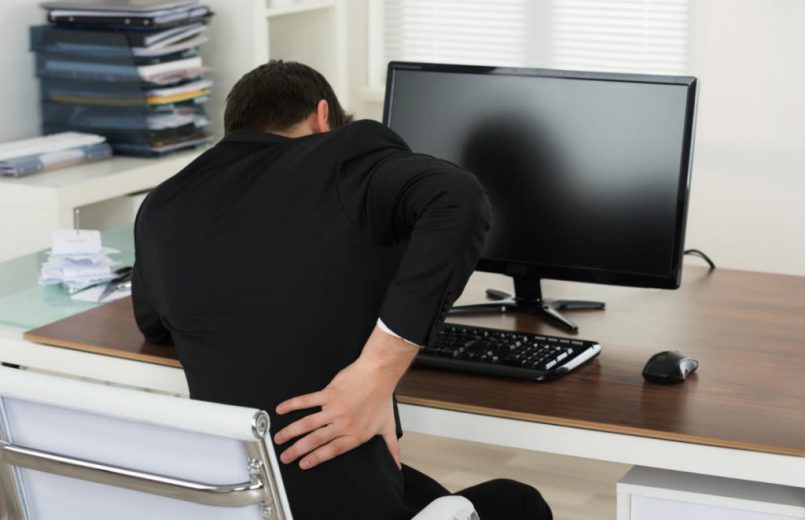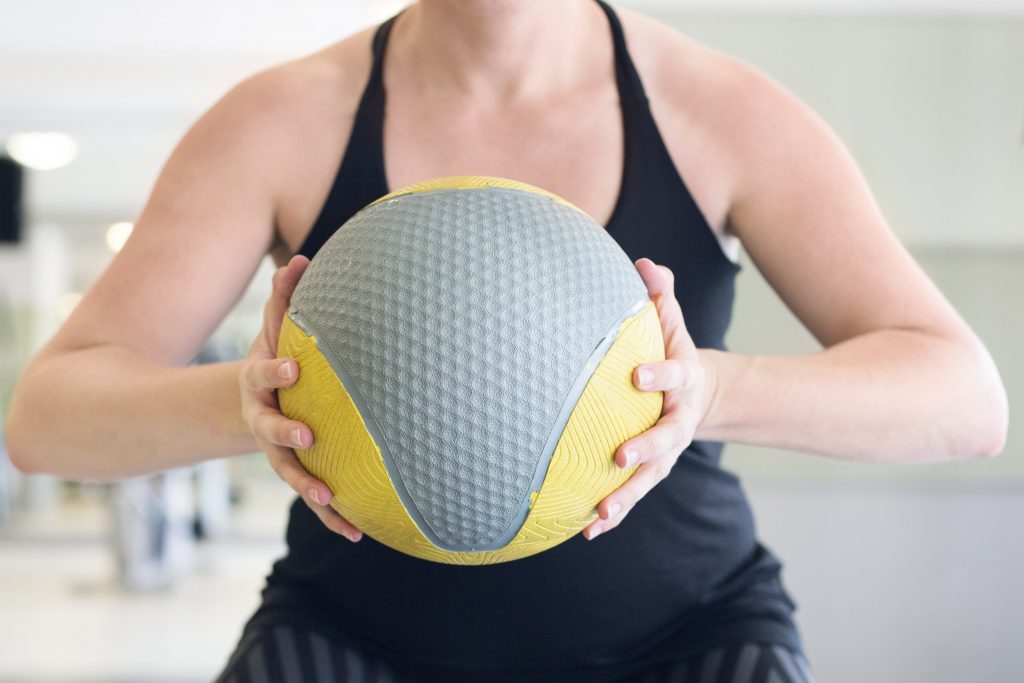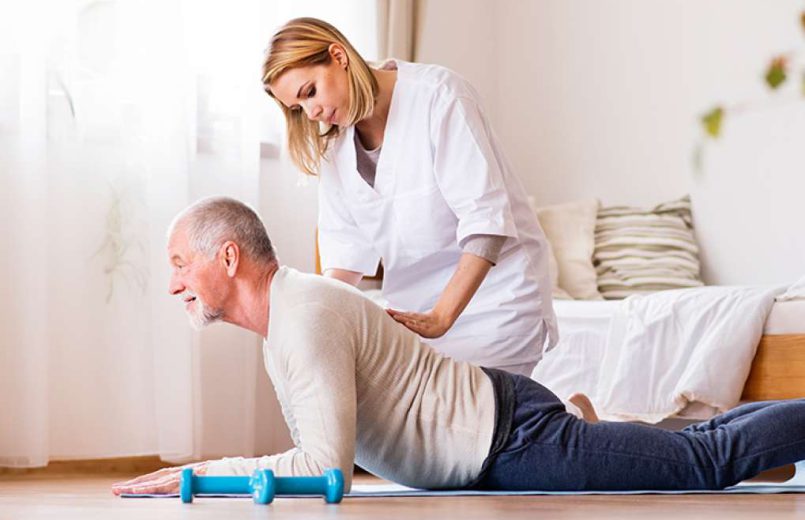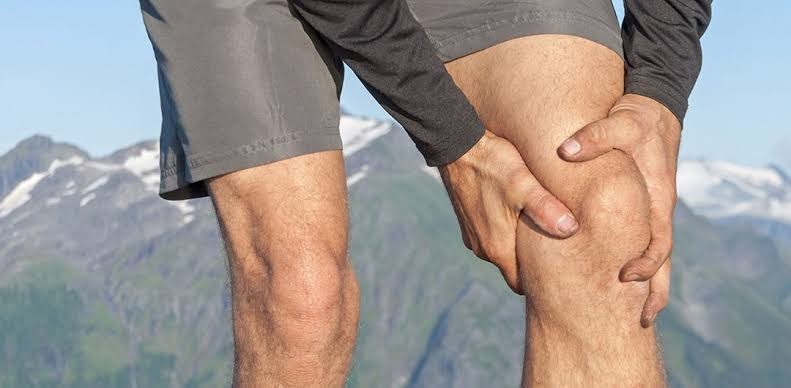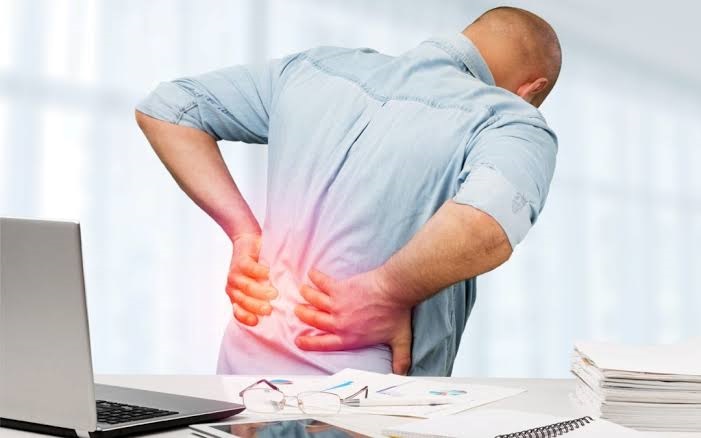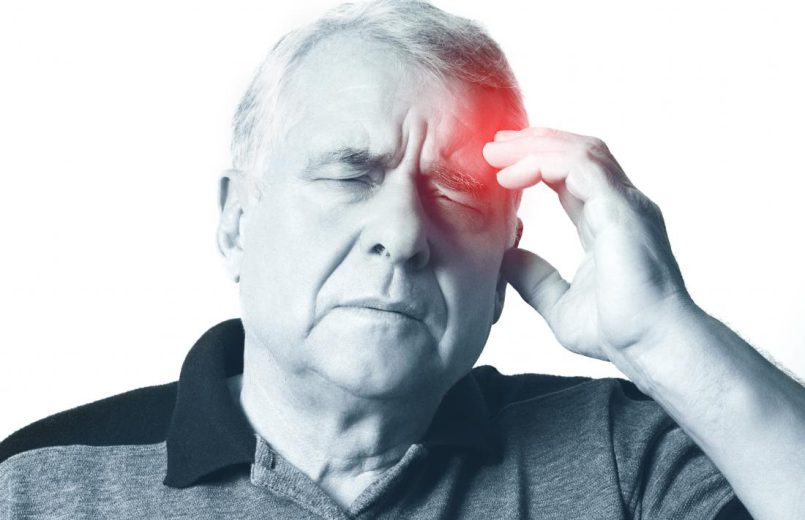One of the muscle lesions that are most present in a physiotherapy clinic in Dwarka is muscle tearing or fibrillation. It is an injury that is not especially serious as long as it is treated properly and the advice of the physiotherapist in Dwarka is respected. Next, let’s see what it is about, the types of fiber breaks and what treatment to follow.
What is a muscle tear or fibrillary rupture?
The breakage of muscle fibers, also called muscle tearing, is a muscle injury where the fibers that make up the muscle are broken. The fibrillar rupture causes intense pain that forces the patient who suffers it to stop in physical activity since when contracting the muscle tension is generated in the injured area. When a muscle tear occurs, it is always preceded by acute and localizable pain. Patients who suffer from it often describe the pain as if they had received a stone, especially in the back of the leg, both in the “calf” and in the twin. Hence, fibrillar ruptures receive the name of “pedrada syndrome”.
Causes of fiber breakage
Muscle tearing, whether partial or total breakage of muscle fibers, is usually caused by a severe blow, a traumatic injury. It not only affects muscle fibers but also surrounding tissues such as connective tissue and blood vessels.
The main causes of muscle tears are:
- Subject the muscles to very intense muscle fatigue. It occurs when physical activity exceeds the use of muscle.
- The inactivity causes muscle fibers to weaken from lack of use.
- As we said at the beginning, one of the most common causes is trauma, especially in contact sports.
- Poor nutrition reduces the contractile capacity of muscle fibers.
- The poor blood circulation makes the muscles do not receive the necessary input during exercise and that the waste substances are eliminated, causing poisoning of the muscle.
- Some diseases such as diabetes.
- Do not warm-up or stretch before doing sports.
Factors that determine the severity of muscle tear
The severity of muscle fiber breakage is determined by several factors:
- Location of the break.
- Tear size.
- Morphology of the lesion.
- Age of the patient.
- Additional diseases.
Types of muscle fiber tears
As a general rule, muscle fiber tears are classified by the number of muscle fibers that are broken by the injury. Based on this, they can be:
- Grade 1 or mild: When the lesion affects 5% of the muscle and slight discomfort is felt. The pain appears when moving and requires only rest for recovery. They are also known as fibrillar micromotors.
- Grade 2 or medium: Here the pain is more intense and it is even normal for a lump to appear under the skin. The muscle has not completely broken but it is an injury that requires specific treatment.
- Grade 3 or severe: The muscle has completely broken. It is accompanied by the appearance of a bruise due to the rupture of blood vessels. It is a serious injury in which you feel a sudden crunch, and then it cannot move you.
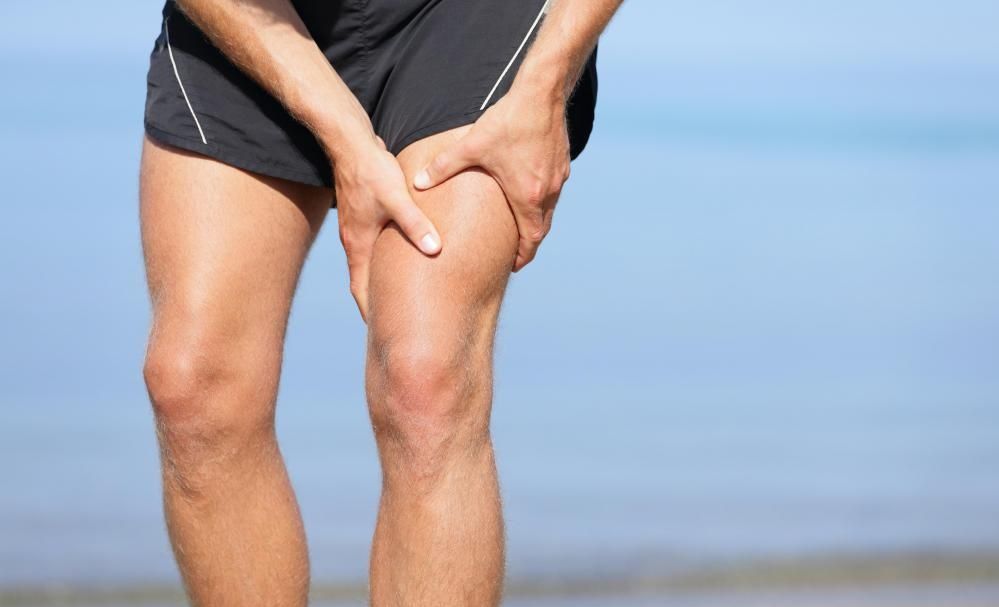
Recovery time of the fibrillar rupture
The recovery time of a muscle tear varies depending on several factors: the type and size of the rupture, the treatment that is followed and the characteristics of the patient such as weight, age, sex, etc.
In general, following an appropriate rehabilitation process, approximate recovery times vary between:
- Grade 1: between 8 and 10 days.
- Grade 2: 2 to 3 weeks.
- Grade 3: between one and two months.
How to differentiate a muscle tear from a contracture?
These are two very similar muscle injuries that non-professionals can confuse, although they have clear differences. Both muscle tearing and contracture cause severe pain and an inability to continue physical activity. But knowing the differences will help us for the treatment.
The muscular contracture alters the natural process of the musculature based on relaxation and contraction, maintaining a constant contraction. There are stiffness and inflammation in the muscle, generating the sensation of having a balloon inside the muscle and remains for a while. The cause is usually a physical load above our physical capacity. The treatment is only a couple of days off. It can be considered as a warning prior to breakage, even some physiotherapist in Delhi include it as a degree of breakage.
As we have already seen, muscle tearing is a more serious injury than contracture because it causes the fibers to break, and the damage will depend on the number that they break. It is usually caused by trauma or a hasty movement. The treatment is more complex, as is the recovery time, which is longer.
What are the most common muscle tears
The muscle tears that occur most frequently among people are:
Hamstring muscle tear
It occurs in sports that require a hamstring contraction to decelerate sharply from a race. It is common in sports such as football and athletics.
Twin muscle tear
As we said before, it is known as “pedrada syndrome”. It is usually given especially in activities that require many jumps.
Rotator cuff muscle tear
The rotator cuff is a set of muscles that keep the head of the shoulder in the glenoid cavity of the scapula. It is usually given in efforts that require very repetitive movements.
Muscle tear in the back
It occurs in the lumbar paravertebral muscles to lift a weight from the floor since it is necessary to bend down and flex the knees, although when trying to lift a load by flexing the trunk, small muscles are forced along the spine.
Treatment for a muscle tear
The treatment that we must follow, will depend on the degree of rupture suffered by the patient, although there are a number of common guidelines for all.
- From day 1 to 3: We will apply ice in the affected area, we will try to raise it and we will follow a total rest or as much as possible.
- From day 4 to 7: For grades 1 and 2, we can start with painless isometric work, and in the case of grade 1 we can also do stretching and functional exercises. For grade 3, we will apply a muscle electrostimulation and make a compression bandage.
- From day 7 to 14: For grade 1, we will gradually incorporate into our normal daily activities. For grade 2, we can do stretching and functional exercises. For grade 3, we can begin to move the area smoothly and we will massage to activate the area, we always perform by a physiotherapy doctor in Dwarka.
- As of the third week: The grade 1 lesion has to be overcome. For grade 2, we will gradually incorporate it. For grade 3, we can remove the bandage and start stretching and painless isometric work. From here, if the patient responds favorably, we will incorporate the rest of the routine until we reach full recovery.
How to prevent muscle fiber breakage
As with any muscle injury, there are a number of guidelines that help us reduce the chances of suffering it. To prevent fiber breakage we must:
- If we do a sport or intense physical activity, we must perform a good warm-up. We have to include all the muscles and joints. We will start from the head and we will go down until we reach the feet. The goal is to prepare the muscles to react quickly and correctly to the stimuli they will receive. Remember that it is also necessary to do stretching exercises.
- Do not make an effort above our capacity. The musculature when fatigued does not respond equally to changes in direction nor is it able to react quickly to the stimuli they receive. It is important to listen and respect our body and give it time to recover.
- We must not forget to drink water. With physical activity, many substances necessary for the body are lost, such as water and mineral salts. Drinking isotonic drinks is an excellent way to replenish all those lost substances.
In addition to hydration, it is important to maintain a good diet that covers the loss generated by physical activity. It needs to be balanced and cover all nutritional contributions.



